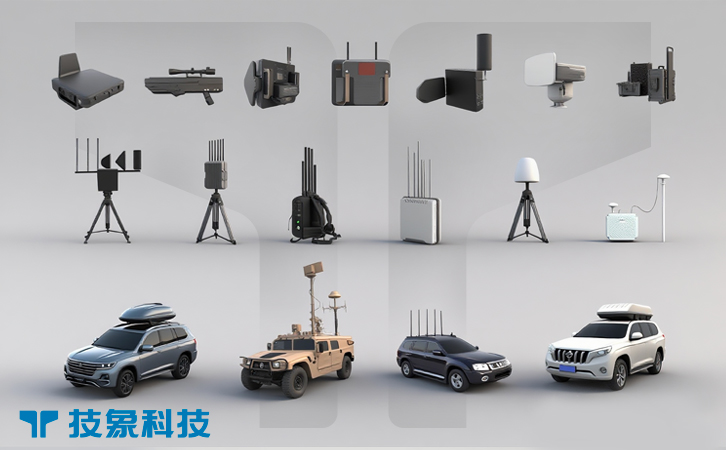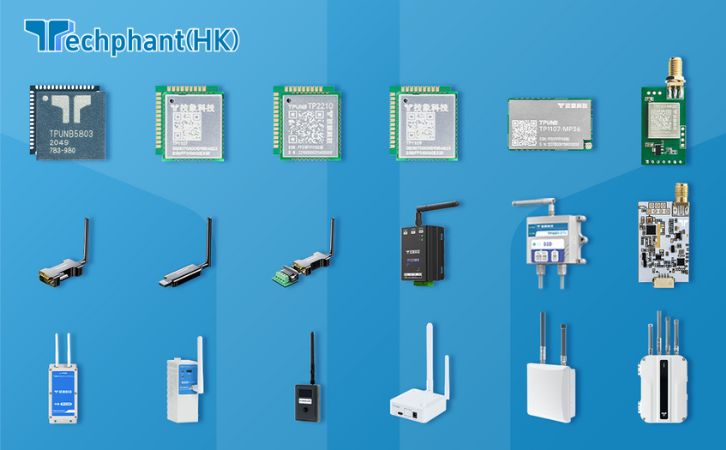The proliferation of unmanned aerial vehicles (UAVs), commonly known as drones, has revolutionized industries like logistics, agriculture, and photography, but it has also introduced significant security challenges. Unauthorized drones can pose threats to critical infrastructure, military installations, public events, and even private property, necessitating robust countermeasures. Anti-UAV defense systems are sophisticated technologies designed to detect, track, and neutralize rogue drones, ensuring safety and security in airspace. These systems integrate advanced sensors, communication networks, and countermeasure tools to address the growing drone threat. This article provides a detailed exploration of the principles and purpose of anti-UAV defense systems, delving into their operational mechanics, technological foundations, strategic importance, and evolving challenges.
I. Core Principles of Anti-UAV Defense Systems
Anti-UAV defense systems operate on a multi-layered approach to detect, identify, track, and neutralize unauthorized drones. The core principle is to create a secure airspace by identifying potential threats and responding effectively without collateral damage. These systems typically follow a sequence of steps: detection, classification, tracking, and engagement. Detection involves identifying a UAV’s presence using sensors like radar or radiofrequency (RF) detectors, which pick up signals emitted by drones or their controllers. Classification determines whether the detected object is a drone, a bird, or another object, often using artificial intelligence (AI) to analyze patterns. Tracking monitors the drone’s trajectory to predict its intent, while engagement employs countermeasures like signal jamming or physical interception to neutralize the threat.
The purpose of these systems is to safeguard sensitive areas from risks such as espionage, smuggling, or weaponized drones. For instance, a drone equipped with a camera could compromise national security by capturing images of a military base, or a modified drone could deliver hazardous materials to a crowded event. Anti-UAV systems are designed to operate in diverse environments, from urban settings to remote military outposts, ensuring rapid response to dynamic threats. By integrating real-time data and automated decision-making, these systems provide a proactive defense mechanism, balancing security with minimal disruption to legitimate airspace activities.
II. Key Technologies Driving Anti-UAV Defense
Anti-UAV defense systems rely on a suite of advanced technologies to achieve their objectives. Detection technologies form the first line of defense, with radar systems being a cornerstone due to their ability to detect objects at long ranges, even in adverse weather conditions. Modern radars use Doppler or phased-array technology to distinguish small, fast-moving drones from other objects. Radiofrequency (RF) sensors complement radars by intercepting communication signals between drones and their operators, identifying the drone’s location and control frequency. Electro-optical and infrared (EO/IR) systems, including high-resolution cameras, provide visual confirmation, especially in environments where radar signals may be obstructed.
Countermeasures are equally critical, ranging from non-kinetic to kinetic solutions. Jamming devices disrupt a drone’s communication or navigation signals, forcing it to land or return to its operator. For example, RF jammers can block GPS or Wi-Fi signals, rendering the drone inoperable. Directed-energy weapons, such as high-powered lasers, can disable drones by damaging their electronics or physically destroying them. Physical interception methods, like net-carrying drones or projectiles, capture rogue UAVs for analysis, preserving evidence of the threat. These technologies are integrated into a command-and-control (C2) system, which processes data and coordinates responses, often using AI to enhance speed and accuracy. The seamless integration of these tools ensures a robust defense against increasingly sophisticated drone threats.
III. Strategic Importance and Real-World Applications
The strategic importance of anti-UAV defense systems lies in their ability to protect critical assets and public safety in an era of rapidly advancing drone technology. Unauthorized drones have been used for illicit activities, such as smuggling contraband across borders, conducting corporate espionage, or disrupting air traffic near airports. For example, in 2018, London’s Gatwick Airport faced significant disruptions due to drone sightings, highlighting the need for effective countermeasures. Anti-UAV systems are deployed to secure military bases, government facilities, nuclear power plants, and large public events like sports tournaments or political gatherings, where drones could pose significant risks.
In military contexts, anti-UAV systems are vital for countering weaponized drones, which can carry explosives or conduct reconnaissance. Systems like the U.S. Army’s Counter-Unmanned Aircraft System (C-UAS) integrate radar, jammers, and lasers to protect troops in conflict zones. In civilian applications, these systems safeguard infrastructure like oil refineries, data centers, and prisons, where drones could facilitate illegal activities. They also play a role in protecting privacy, preventing drones from capturing unauthorized footage in residential areas. By providing a layered defense, anti-UAV systems ensure operational continuity and public safety across diverse scenarios, making them a critical component of modern security frameworks.
IV. Challenges in Deployment and Future Considerations
Despite their effectiveness, anti-UAV defense systems face several challenges. One major issue is distinguishing drones from non-threatening objects like birds or balloons, which requires advanced AI algorithms to reduce false positives. In urban environments, signal interference from buildings or electronic devices can degrade sensor performance, necessitating adaptive technologies. Another challenge is countering drone swarms, where multiple UAVs operate cohesively, overwhelming traditional defenses. Developing scalable countermeasures, such as wide-area jammers or AI-driven swarm neutralization, remains a priority.
Legal and ethical considerations also pose challenges. Jamming signals may disrupt legitimate communications, such as Wi-Fi or emergency services, requiring precise targeting. Kinetic countermeasures, like projectiles, risk collateral damage in populated areas, necessitating non-kinetic alternatives. Regulatory frameworks vary globally, complicating the deployment of anti-UAV systems in civilian airspace. For instance, some countries restrict jamming technologies due to their impact on public networks.
Looking ahead, advancements in AI and machine learning will enhance detection accuracy and enable autonomous responses, reducing human intervention. Integration with 5G networks will improve real-time data processing, while portable anti-UAV systems will offer flexibility for temporary deployments, such as at events. Research into counter-swarm technologies and non-kinetic solutions, like microwave-based disruption, promises to address emerging threats. Collaboration between governments, industry, and researchers will be crucial to standardize regulations and ensure safe, effective deployment.
Conclusion
Anti-UAV defense systems represent a critical evolution in security technology, addressing the growing threat of unauthorized drones in both civilian and military contexts. By leveraging advanced detection and countermeasure technologies, these systems protect sensitive infrastructure, ensure public safety, and maintain operational continuity. While challenges like false positives, urban interference, and regulatory hurdles persist, ongoing innovations in AI, connectivity, and non-kinetic solutions promise to enhance their effectiveness. As drone technology continues to evolve, anti-UAV systems will play an increasingly vital role in securing airspace, balancing robust defense with minimal disruption to legitimate activities.



